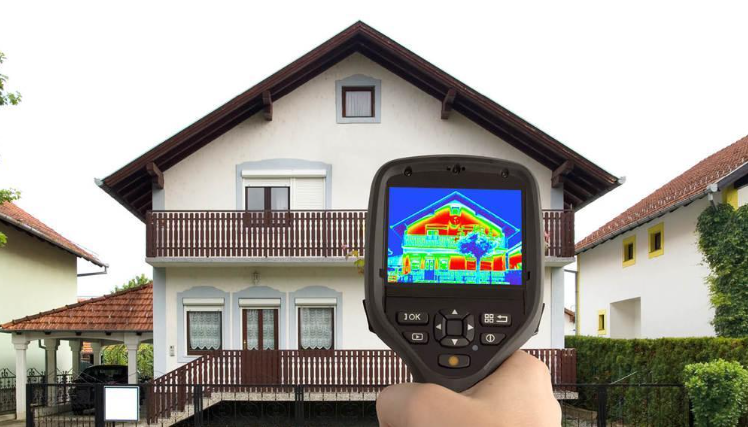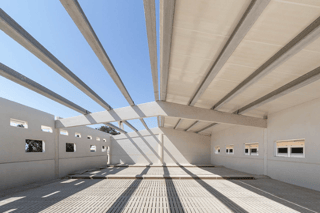The proper consolidation of land is key to guarantee the stability and safety of structures, roads, railways, etc... In this task, one of the most effective systems is the application of polyurethane foam by injection, which converts unstable ground into solid foundations.
This is the case of SynthePUR D-7500-A-60, a polyol specially designed for injection moulding, when reacted under the recommended processing conditions with a polymeric MDI isocyanate such as Isocyanate H or Isocyanate H-25C, producing rigid polyurethane foam.
How to apply polyurethane foam for soil consolidation
Polyurethane foam injection for ground consolidation is a process generally used to improve the stability and properties of soil under construction.
After assessing both the characteristics of the ground and the diagnosis of the required construction solution, the required amount of product is determined and the site must be cleaned and prepared, removing debris and possible obstructions that may interfere with the application of the foam.
Once this is done, holes are made in the floor through which the polyurethane foam will be injected, which will expand and solidify, filling the empty spaces, thus consolidating the floor. The foam fills existing cracks and cavities, providing a firmer base. After curing, it is advisable to carry out tests to check whether the desired stability and improvement in the ground has been achieved.
Benefits of use
With the application of the SynthePUR D-7500-A-60/ Isocyanate H or Isocyanate H-25C casting system, the ground is consolidated, unevenness is eliminated, pavements are settled and already settled areas are raised without the need to interrupt the activity. All this results in less vibrations transmitted by the ground to vehicles or machinery. It is also recommended for levelling slabs, thus avoiding the need to replace them.
Other applications of polyurethane foam in construction
Polyurethane foam is a very versatile material, widely used in construction. Among its most common applications is the thermal and acoustic insulation of walls, ceilings and floors, to improve the energy efficiency of buildings. It is also known for its ability to seal and fill gaps and cracks, thus preventing infiltrations, so its application as a waterproofing material is very common. It is also used in adhesive sealants for building materials and structural elements, as well as in the manufacture of PIR/PUR sandwich panels.











